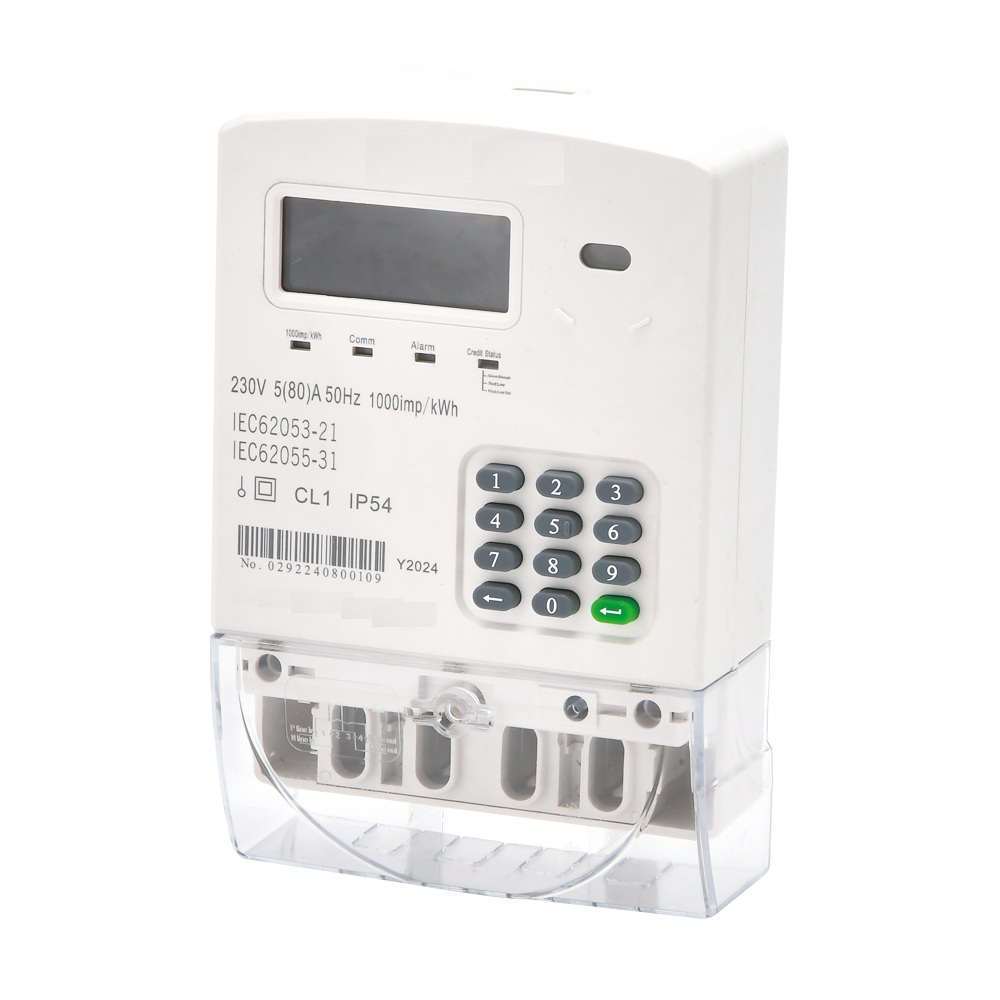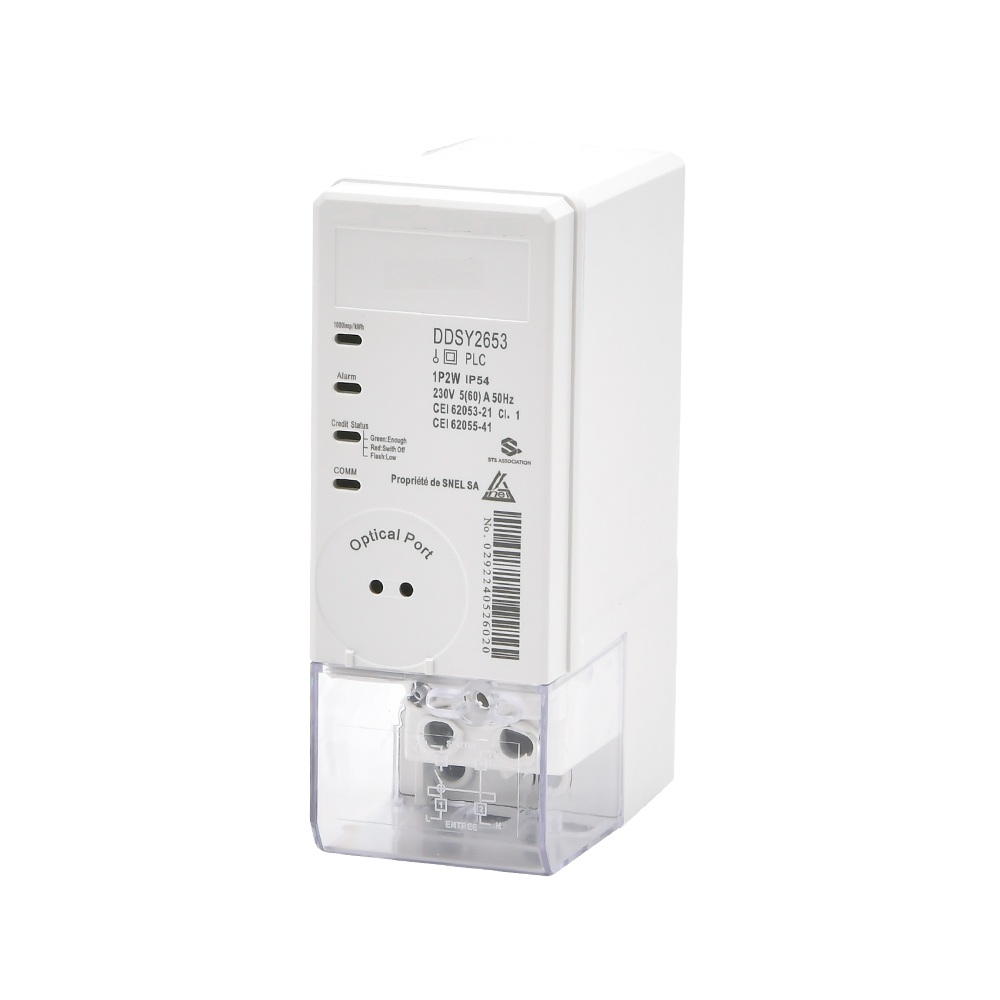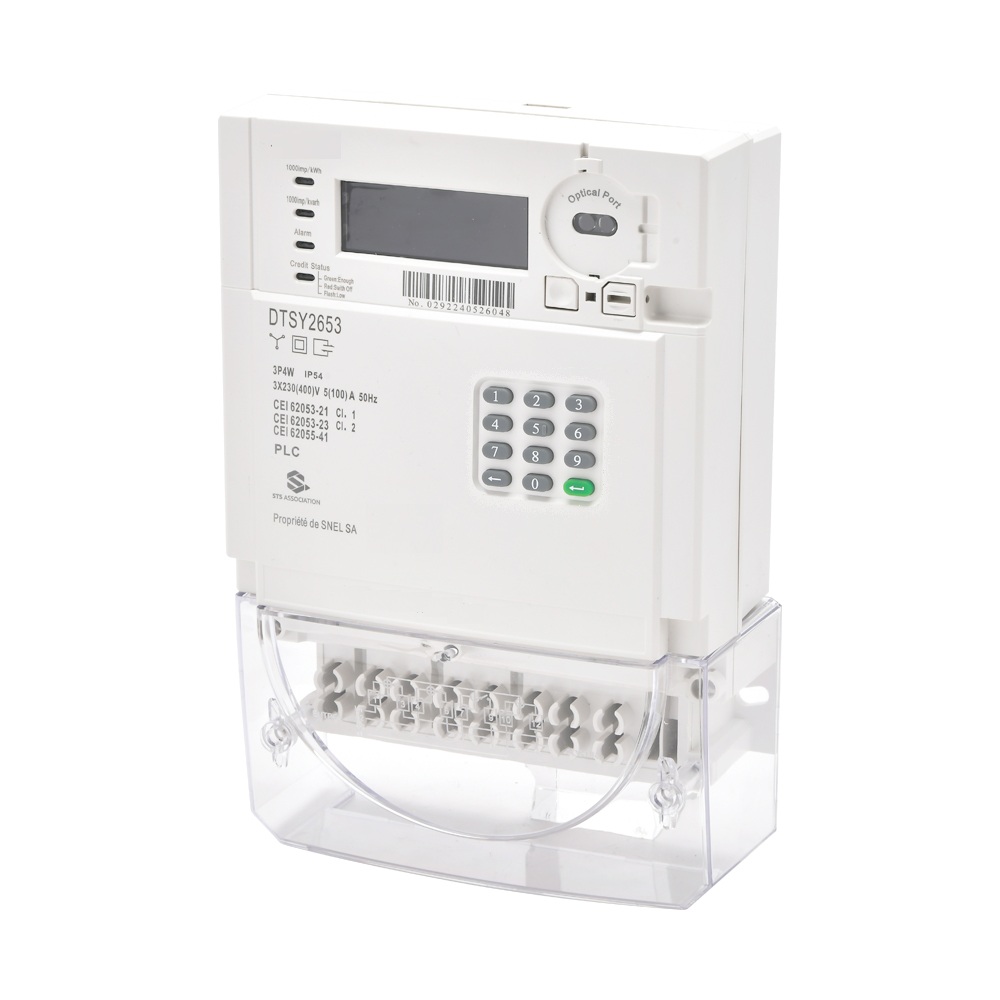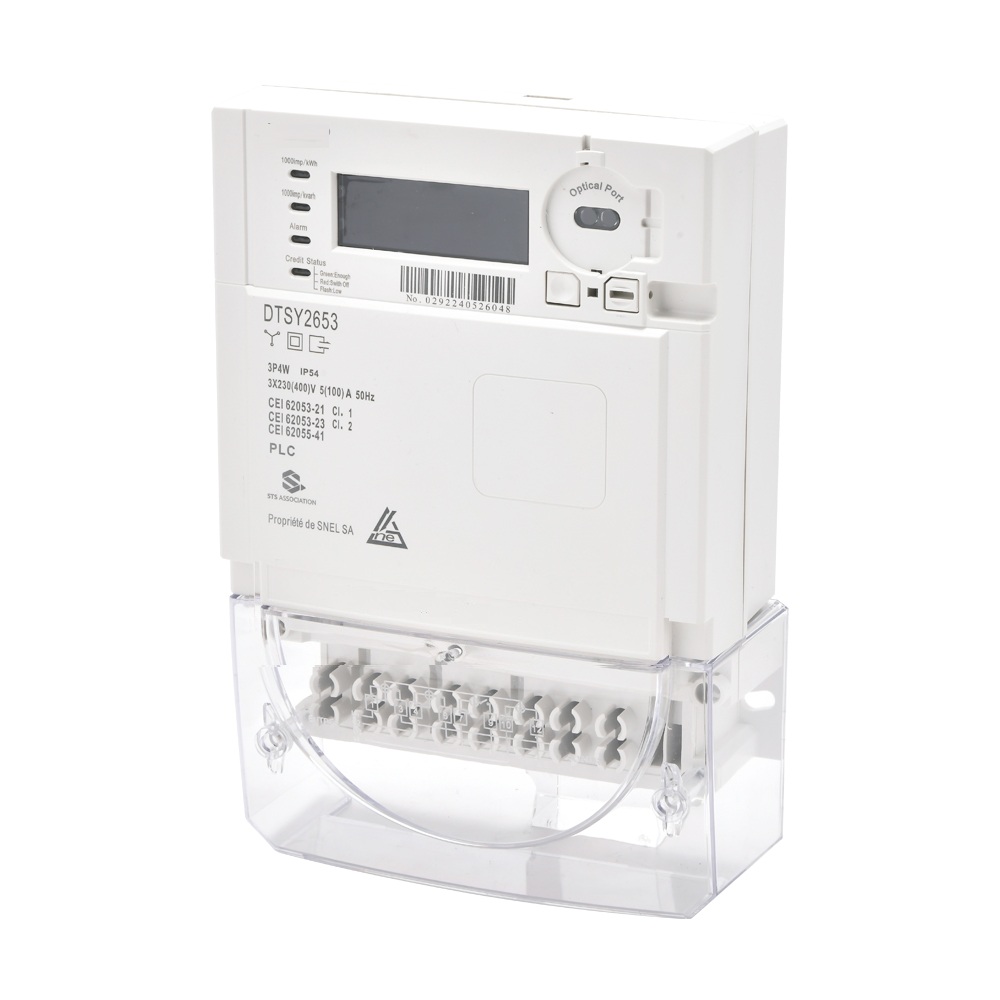How to choose a suitable multifunctional smart meter?
Publish Time: Author: Site Editor Visit: 505
1、 Current specification: Match load requirements, reserve safety margin
The current specifications of smart meters are usually labeled as "basic current (such as 5A)+rated maximum current (such as 60A)", and should be selected based on the actual load current:
Calculation method: Household power consumption (such as 8000W) ÷ voltage (220V) ≈ 36A, at this time, choose a single-phase 5 (60) A meter; When the factory uses 30000W of three-phase electricity, the current of each phase is about 45A, and a three-phase 10 (100) A meter needs to be selected.
Selection principle: The rated maximum current of the electric meter should be greater than the actual load current to avoid overloading that may cause inaccurate measurement or damage to the meter. For example, when a household uses high-power appliances such as air conditioning and water heaters simultaneously, the current may be close to 40A. In this case, choosing a 5 (60) A meter is safer.
2、 Voltage level: Suitable for power supply system
Common voltage levels include 220V (single-phase), 380V (three-phase three wire), 1000V (high-voltage scenario), etc., which need to be selected according to the power supply system:
Home/shop: A single-phase 220V electricity meter is sufficient to meet the demand.
Factory/Mall: The three-phase 380V meter supports high-power equipment such as motors, central air conditioning, etc.
High voltage scenarios: such as substations and new energy power stations, it is necessary to select electricity meters with a voltage level of 1000V or higher.
3、 Functional requirement: Customize functions according to scenarios
The core functions of a multifunctional smart meter include metering, monitoring, control, communication, etc., which need to be selected according to the scenario:
Family scenario: Prioritize choosing electricity meters that support remote meter reading, electricity bill inquiry, and anti-theft functions, such as single-phase remote prepaid electricity meters, to facilitate owners' management of electricity consumption.
Industrial and commercial scenarios: It is necessary to select electricity meters that support energy consumption monitoring, data analysis, and energy-saving functions, such as three-phase multifunctional electricity meters, which can monitor parameters such as voltage, current, and power factor to assist enterprises in optimizing their electricity consumption strategies.
New energy scenarios: such as photovoltaic power stations, it is necessary to choose an electricity meter that supports bidirectional metering function to accurately record the amount of electricity generated and consumed.
4、 Application scenario: Matching power consumption environment
There are special requirements for the protection level and installation method of electric meters in different scenarios:
Wet/high temperature environment: Choose an electric meter with a protection level of IP65 or above to prevent dust and moisture from entering.
Remote areas: Choose electricity meters that support low-power wide area network communication such as NB IoT and LoRa to ensure signal coverage.
Space limited scenarios: such as distribution cabinets, choose rail mounted installation of electricity meters to save space and facilitate installation.
5、 Accuracy and precision: meet measurement standards
The higher the accuracy level of the electricity meter, the more accurate the measurement, but the higher the price:
Family scenario: Choose a level 1 or level 2 precision meter to meet your needs.
Industrial and commercial scenarios: It is necessary to choose high-precision electricity meters of 0.5S or 0.2S level, which comply with national measurement standards and avoid electricity disputes.
6、 Interface standard: Compatible with communication protocols
Smart meters need to support communication protocols such as RS-485, Modbus, DLT/645 to ensure compatibility with existing systems
Centralized meter reading system: Select meters that support RS-485 or Ethernet communication to achieve centralized data management.
IoT platform: Choose meters that support IoT protocols such as MQTT and CoAP for easy access to cloud platforms for remote monitoring.
7、 Installation method: Adapt to the installation environment
Common installation methods include rail mounted, embedded, and wall mounted:
Rail type: Installed through standard DIN35mm rail, suitable for distribution boxes, easy to install.
Embedded: with openings embedded in walls or distribution cabinets, suitable for scenarios with high aesthetic requirements.
Wall mounted: directly hung on the wall, suitable for industrial fields or larger space scenarios.
8、 Cost Budget: Balancing Performance and Price
The price of smart meters varies depending on their functionality, accuracy, and brand, and needs to be selected according to the budget
Basic function electric meter: Low price, suitable for households or small shops.
High end multifunctional electric meter: supports energy consumption monitoring, data analysis and other functions, with a relatively high price, suitable for industrial and commercial users.



